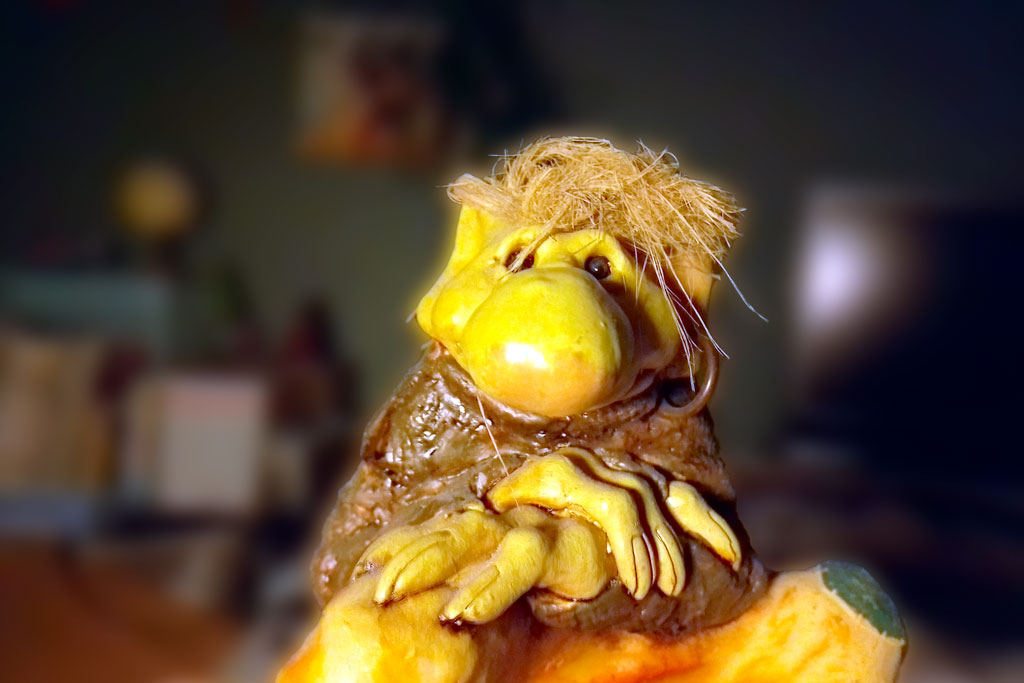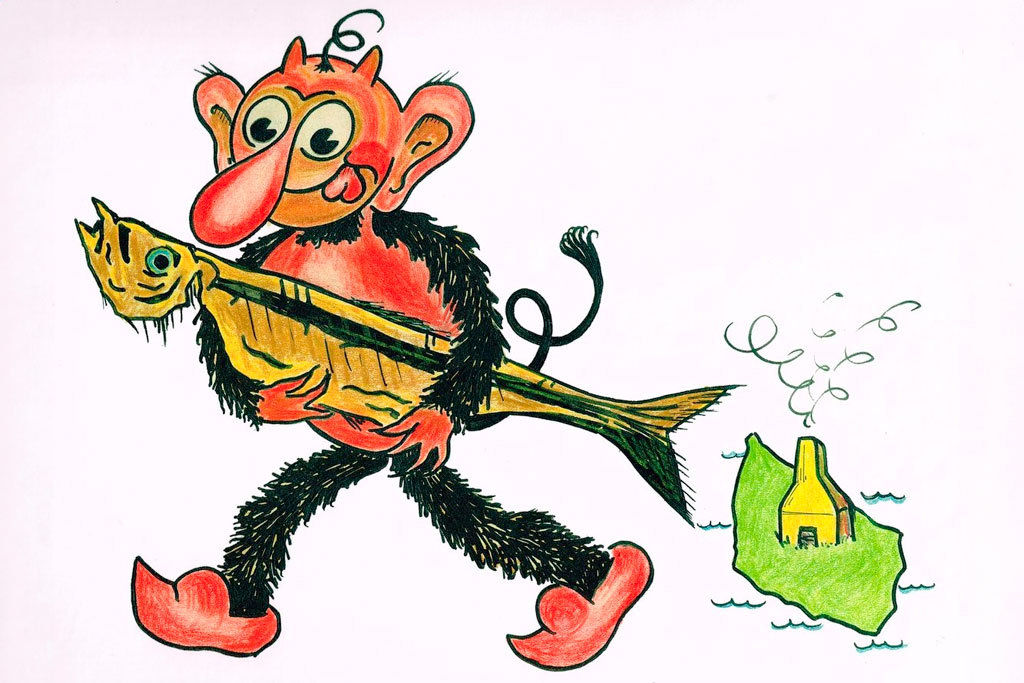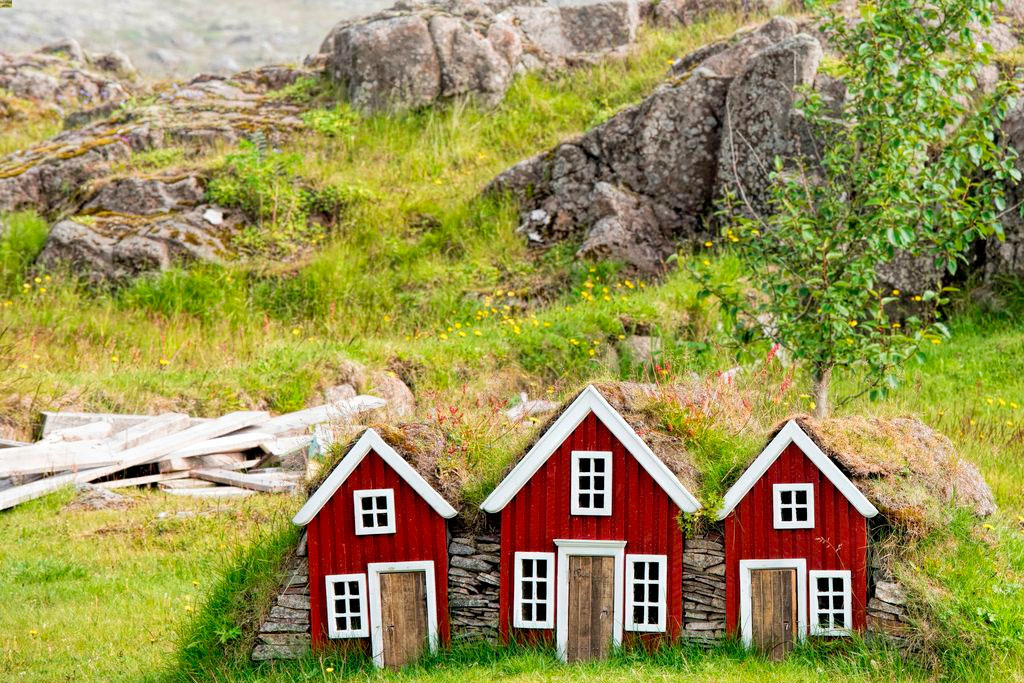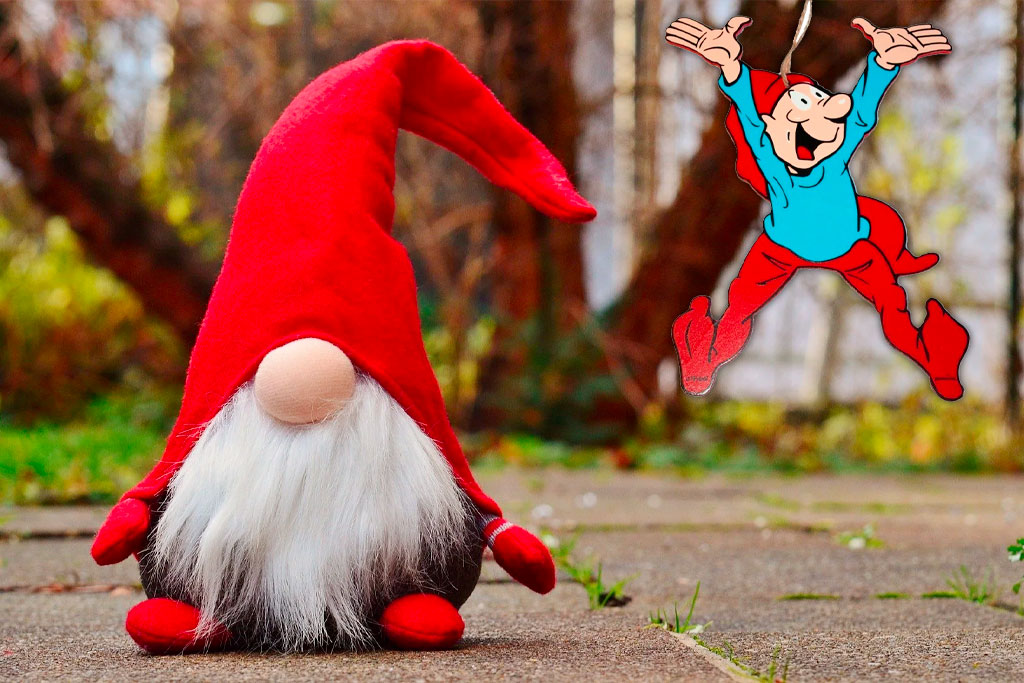Talking about Norse mythology, most people think of the Æsir in Asgarðr, but mythology contains much more than Óðin, Þórr and Freyja.
Here in Miðgardr there are a large number of creatures that people still talk about, and in many cases say they believe in (fauxfaith = claim to believe, tongue-in-cheek).

Trolls are found everywhere in nature and invokes both compassion and fear. Big, strong, and deeply misunderstood mentally vulnerable beings who just want to be left alone. One exception in Bornholm, where one of the trolls – Krølle Bølle (Curly Bully) – has become everyone’s favorite, and is used to sell campsite spots, ice cream and ferry tickets.
In many places in Norway, Sweden and Iceland there are rocks with the hint of trolls in their appearance, and many believe that they are trolls who did not reach their caves and were made into rock by the daylight.

Elvere, or álfur, also have a place, and are often translated as elves. Thus we have a picture of Tinkerbell from Peter Pan, with a cute dress and wings. But even though Iceland is full of small “doll houses” – álfhol – the intention is not that they should live in them, but simply to tell that álfur lives in the area. Álfur are as big as humans, and look like humans, and when you drive a car in Iceland, you might come across a hitchhiker standing in the middle of nowhere, asking to be dropped off in the middle of nowhere, where there is neither buildings or other people are found. It’s probably an álfur.

In Denmark, Norway and Sweden, there are nisser on all farms (most often in the attic or in the barn), and around Jul (a morph between heathen midwinter solstice and Christmas) they expect to be served rice porridge. If you give them nothing, they will punish the residents of the farm; people or livestock can get sick, accidents can happen and it can be a really bad Jul.
At the same time, the inside of the house is decorated with nisser – sometimes entire miniature nisse landscapes with a mirror as a lake, on which the little figures can skate, and cotton wool as snow.

All these creatures have two functions: either as metaphors for moods and mental states, or as a reminder to work with nature – not against it.
